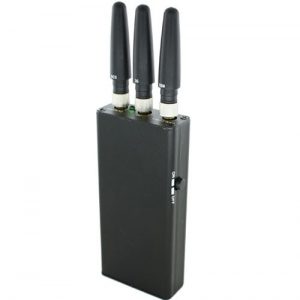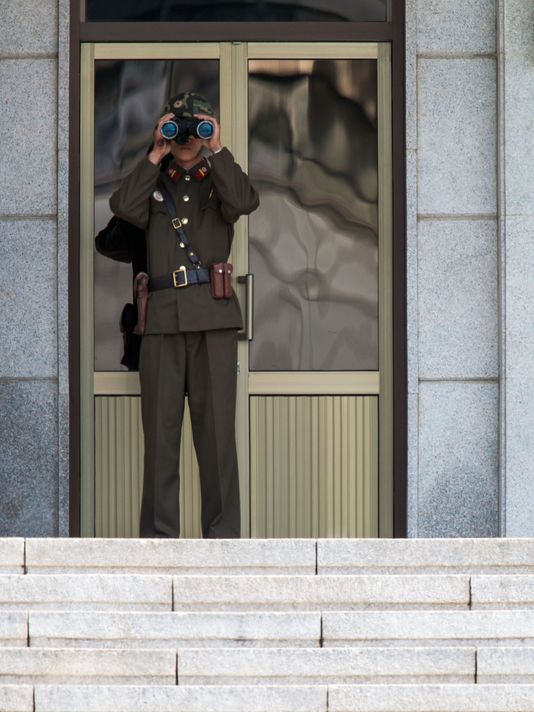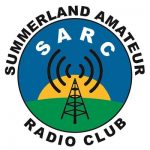
From the ACMA, original post here. 10 June 2016.
The importation of mobile phone jammers and GPS jammers, also known as signal jammers, is now prohibited after an amendment to the Customs (Prohibited Imports) Regulations 1956 (the Regulations). This new border control commenced on 10 May 2016.
The ACMA has worked closely with the Department of Immigration and Border Protection to amend the Regulations and welcomes the prohibition on the importation of signal jamming devices.
The possession, supply and operation of signal jamming devices has been prohibited by the ACMA for some time under Section 190 of the Radiocommunications Act 1992. The change to the Regulations allows Australian Border Force Officers to seize signal jammers at the border as they are now prohibited imports.
Mobile phone jammers can be used to block, or otherwise interfere with, radio emissions between a mobile phone and a base station. This can cause interference to mobile phone signals, which can be frustrating and have potentially dangerous consequences. If a mobile phone user is attempting to contact emergency services, interference from mobile jammers to the call may put lives at risk.
RNSS jammers, more commonly known as GPS jammers, also cause interference to GPS and navigation type devices, which can also be essential in emergency situations.
The amendment to the Regulations applies to all jamming devices prohibited by the ACMA under Section 190 of the Radiocommunications Act 1992, unless otherwise exempted by a written declaration made by the ACMA under Section 27.
Find out more about devices prohibited by the ACMA.




